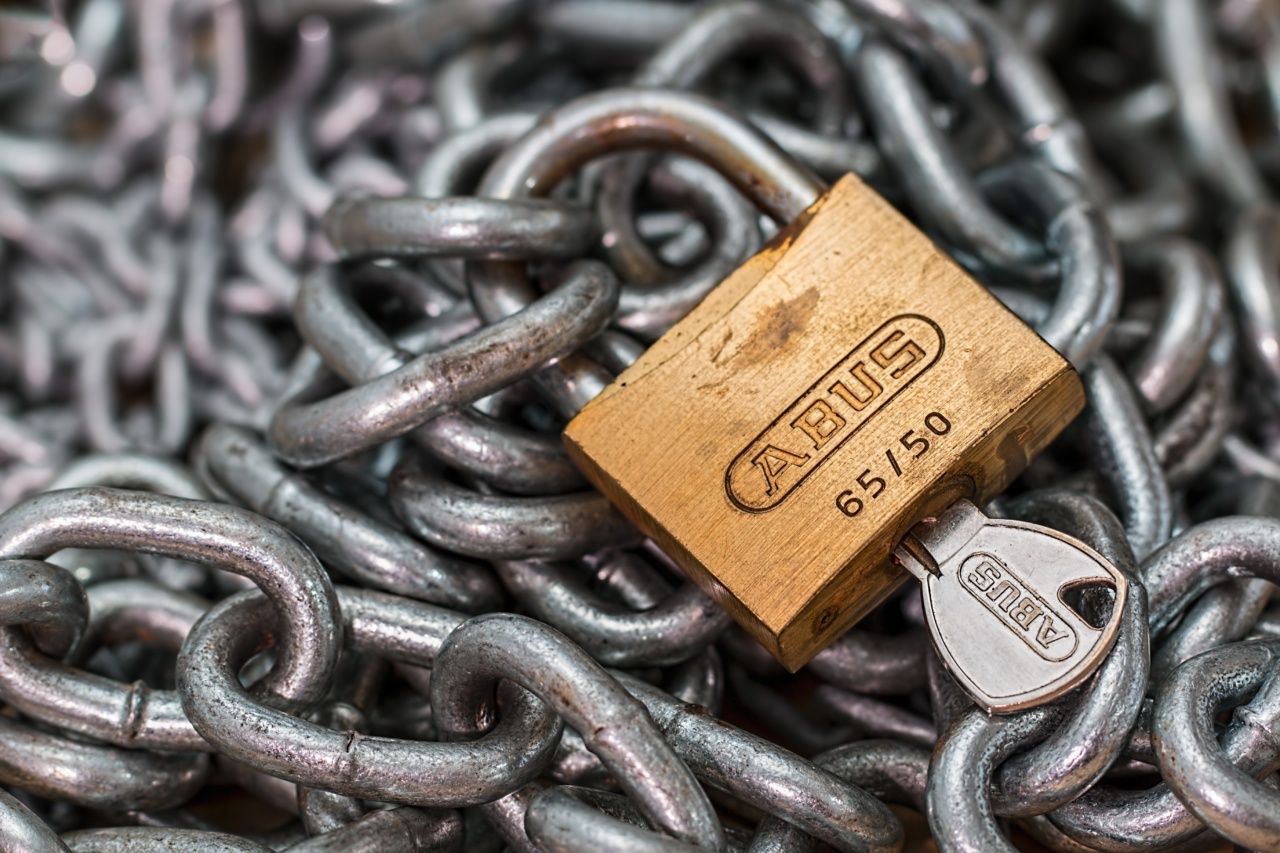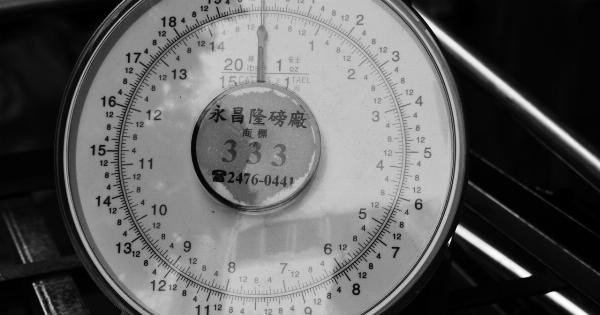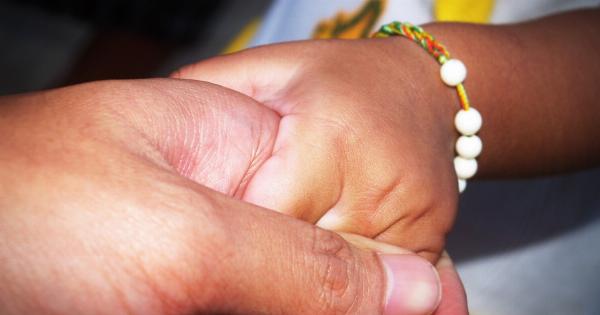The concept of pressure is something we all encounter in our daily lives. Whether it’s the pressure to meet a deadline at work or the pressure we feel during a high-stakes exam, we know all too well how much pressure can affect us.
However, what we may not realize is that pressure plays a critical role in many other areas of our lives, including our physical well-being and performance. In this article, we’ll take a closer look at pressure and explore why understanding this concept is essential to our safety and success.
What is Pressure?
Pressure is defined as a force per unit area. In other words, it’s the amount of force exerted on a surface divided by the area of that surface. The units of pressure are typically expressed in pascals (Pa) or pounds per square inch (psi).
Pressure can be positive or negative, depending on the direction of the force applied.
For example, when we blow up a balloon, we’re increasing the pressure inside the balloon by forcing air into a small space. The pressure inside the balloon is higher than the pressure outside, which causes the balloon to expand.
On the other hand, when we suck the air out of a vacuum-sealed container, we’re decreasing the pressure inside the container. The pressure inside the container is lower than the pressure outside, which causes the container to collapse slightly.
How Does Pressure Affect Our Bodies?
Pressure can have a significant impact on our physical well-being, especially when it comes to activities such as scuba diving or high-altitude mountain climbing.
When we dive deep in the ocean or climb to high altitudes, the air pressure around us changes. At high altitudes, for example, the air pressure decreases, which means there’s less oxygen available for us to breathe. This can cause a number of symptoms, such as headaches, dizziness, and shortness of breath.
Similarly, when we scuba dive, the pressure increases as we descend deeper into the water. This can cause a condition known as decompression sickness, which is caused by the accumulation of nitrogen bubbles in the bloodstream.
To prevent decompression sickness, divers must carefully monitor their depth and ascent rates and follow specific decompression protocols when ascending to the surface.
How Does Pressure Affect Performance?
Pressure can also have a significant impact on our performance, especially in high-stress situations.
When we’re under pressure, our bodies release stress hormones such as adrenaline, which can have both positive and negative effects on our performance. On the one hand, adrenaline can increase our heart rate, blood flow, and alertness, which can help us perform better under pressure.
On the other hand, too much adrenaline can cause us to feel anxious, jittery, and distracted, which can make it difficult to concentrate and perform at our best.
To perform at our best under pressure, it’s essential to understand how pressure affects us personally and develop strategies to manage that pressure effectively.
This may involve techniques such as deep breathing, visualization, or positive self-talk, as well as strategies for time management and goal-setting.
How Can Understanding Pressure Help Keep Us Safe?
Understanding pressure is essential to our safety, especially when it comes to handling hazardous materials and equipment.
Many industrial processes, for example, involve working with high-pressure gases and liquids, which can be extremely dangerous if not handled properly.
One of the most critical aspects of working with high-pressure equipment is knowing how to properly use and maintain pressure regulators.
Pressure regulators are devices that control the flow and pressure of gases and liquids, ensuring that they’re delivered safely and effectively. By understanding how pressure regulators work and how to properly use and maintain them, workers can reduce the risk of accidents and injuries on the job.
The Importance of Safety Training for Pressure-Related Tasks
When it comes to working with pressure, safety should always be the top priority. One of the best ways to ensure that workers are equipped to handle pressure-related tasks safely and effectively is through comprehensive safety training.
Safety training can provide workers with a clear understanding of the hazards associated with pressure, as well as the knowledge and skills needed to use pressure equipment safely.
This may include training on proper PPE (personal protective equipment) use, equipment inspection and maintenance, and emergency procedures for pressure-related incidents.
Conclusion
Pressure is a fundamental concept that plays a critical role in many aspects of our lives, from our physical health to our performance and safety.
By understanding how pressure works and its effects on our bodies and equipment, we can better manage the pressure we encounter in our daily lives and work safely and effectively in high-pressure environments.





























